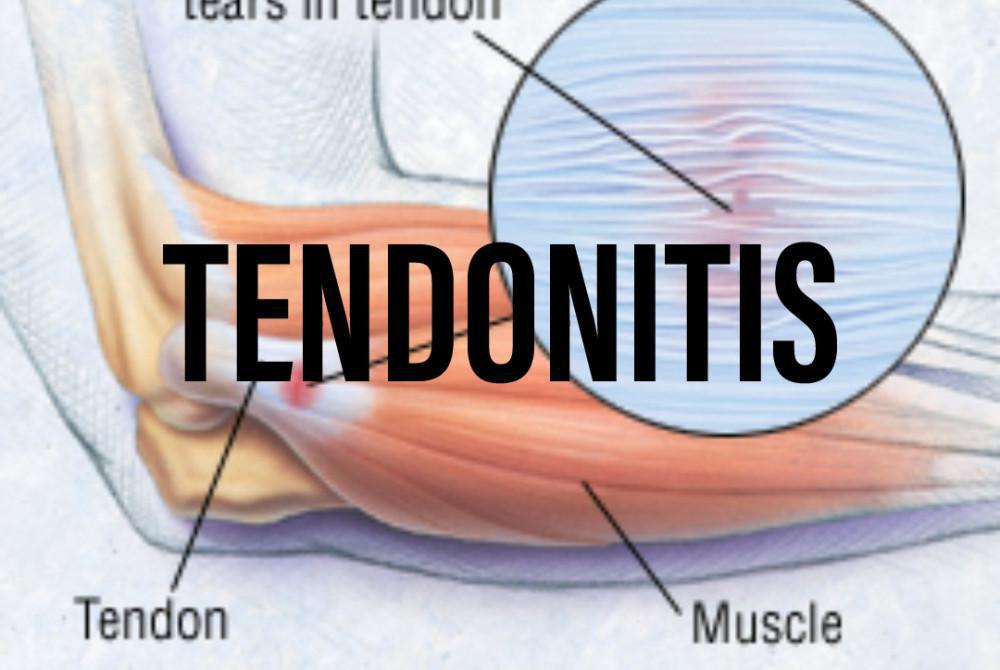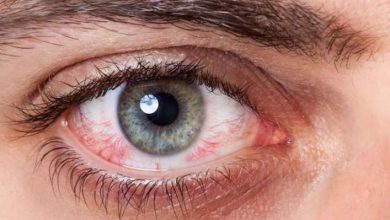Radiculopathy occurs when a spinal nerve is compressed. A compressed nerve can cause pain, numbness, and tingling. We will discuss the symptoms, causes, diagnosis, and treatment of this disease, and at the end we will answer common questions. Please stay with us.

Radiculopathy: what is it?
A radiculopathy occurs when a nerve root (where the nerves meet the spine) is compressed or irritated. Radiculitis is also sometimes referred to as this condition.
There are three types of radiculopathy, depending on where the compressed nerve is located in the spine:
Cervical (neck);
thoracic (middle back);
Lumbar (back).
Myelopathy versus radiculopathy:
The spine is involved in both of these painful conditions. A radiculopathy occurs when a nerve root near the spine is compressed. Trauma, tumors, degenerative diseases, and infections can cause compression myelopathy. Over time, myelopathy will worsen and cause permanent nerve damage if left untreated.
It is usually a temporary problem that improves with time and resolves on its own. The cause of pain can be difficult to determine. You should see your doctor as soon as you notice new symptoms.
Spondylosis and radiculopathy:
In spondylosis, the joints of the spine are weak. Lower back fractures can result from this condition, which can result in small fractures between two vertebrae. The most common cause of spondylosis in teenagers is growth spurts. Radiculopathy occurs when the nerve roots are compressed or irritated, while spondylosis is caused by a bone fracture.
Sciatica versus radiculopathy:
Nerve compression causes both radiculopathy and sciatica. Nerves that are pressed and cause pain are different between the two. The sciatic nerve is compressed or irritated, causing pain or discomfort. From the lower back to the back of each leg, the sciatic nerve is the longest nerve in the body. A sciatica is a type of radiculopathy that causes pain along the sciatic nerve.
There are several symptoms associated with the disease, including:
Nerve pain around the damaged area;
Tingling;
numb;
muscle weakness
Symptoms vary according to the type of radiculopathy.
A cervical radiculopathy causes neck pain and other symptoms. You may see these symptoms in your arms and hands sometimes.
There is usually pain in and around the chest with thoracic radiculopathy.
You may experience numbness or pain in your legs if you have lumbar radiculopathy.
There are some symptoms of radiculopathy that are similar to those of much more serious conditions. See a doctor as soon as you experience chest pain, difficulty breathing, or numbness in your limbs.
Radiculopathy is caused by the following factors:
It can be caused by anything that compresses or irritates your spinal nerve roots, such as:
Accidents such as falls or car accidents;
The growth of a bone spur (osteophyte) on a vertebra;
Herniated disc.
There may be no obvious cause for this condition (other than aging). Our spine’s bones and discs lose their shape and flexibility as we age. Natural degeneration and weakening can cause the spine to shift and compress the nerves here.

Radiculopathy is diagnosed as follows:
Physical examinations and imaging can be used to diagnose the disease. Your back and spine will be examined, and your symptoms will be discussed.
It is likely that you will need at least one of these types of imaging:
An X-ray can show narrowing, misalignment of the spinal cord, as well as fractures in the spine.
Compared to an X-ray machine, a CT scan shows a three-dimensional and more detailed image of the spine.
A magnetic resonance imaging (MRI) scan can reveal whether nerves have been compressed by soft tissue damage. A spinal cord scan will also reveal any damage.
Muscle electrical impulses are measured by electromyography (EMG). Nerve function can be determined by this test. You will be able to tell whether your symptoms are caused by pressure on the nerve roots in your spine or if another condition (such as diabetes) has damaged them.
Radiculopathy treatment:
Radiculopathy treatment depends on the type and severity of symptoms. It is not necessary to treat your symptoms if they improve on their own within a few days or weeks. Some or all of the following treatments may be used.
1. Using a cold or hot compress
You should apply a cold or hot compress to your back every once in a while to reduce swelling or loosen tight muscles.
2. Physiotherapy or posture adjustment
Exercises that target the area around the spine can reduce pressure on the nerves and relieve pain. A doctor or physiotherapist will tell you which type of exercise is best for your type of radiculopathy.
3. The use of medication
Most radiculopathy symptoms can be treated with nonsteroidal anti-inflammatory drugs (such as aspirin or ibuprofen). Always consult your doctor before taking NSAIDs.
To relieve your pain, your doctor may prescribe strong anti-inflammatory drugs such as prednisone. Back pain medications can be taken as pills or injected directly into the affected area.
4. Surgical procedures
This disease is rarely treated with surgery. In the case of severe symptoms that affect your quality of life and do not respond to other treatments, your doctor may recommend surgery.
Radiculopathy FAQs
Radiculopathy is more likely to affect certain people?
The disease can affect anyone, but people over 50 are more likely to get it.
Radiculopathy: how common is it?
Radiculopathy is usually a rare side effect. In spite of the fact that neck pain and back pain are common problems, this disease rarely causes them.
What are the effects of radiculopathy on the body?
Around your pinched nerve, this condition causes pain and other symptoms that are obvious to the naked eye. It may be difficult or uncomfortable to sit, stand, or move depending on the severity of your symptoms and the type of radiculopathy. It may be painful and difficult to move your neck if you have cervical radiculopathy, for instance.
How long will it take for me to feel better after the treatment?
As you begin treatment, you should feel better over time. It may take a few days for some people to feel better, but for others it may take weeks.
What can I do to prevent radiculopathy?
Radiculopathy has many causes that cannot be prevented. Radiculopathy can be prevented by maintaining a healthy spine and posture.
During treatment, do I have to stop working or going to school?
Work or schoolwork should not be stopped while you recover if you can do them without worsening your symptoms. Before resuming any physical activity, consult your doctor.
The last word
Back pain affects almost everyone at some point in their lives. Radiculopathy is different from occasional pain, but it shouldn’t scare you, since all types of radiculopathy are treatable and rarely require surgery.










